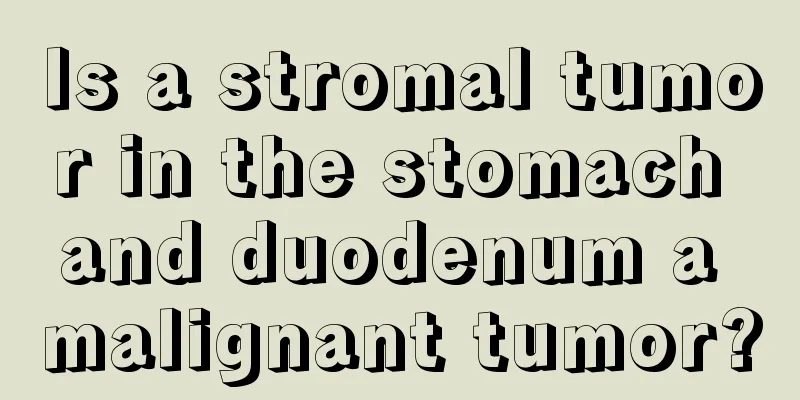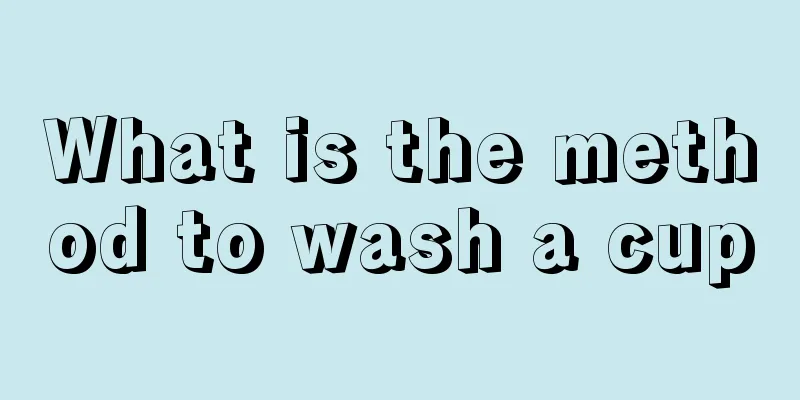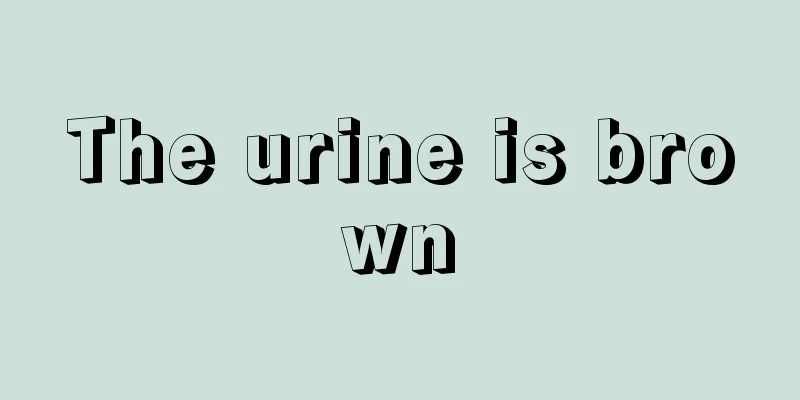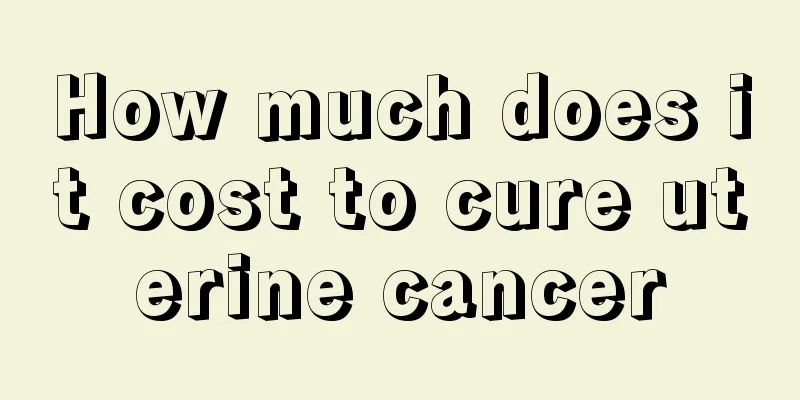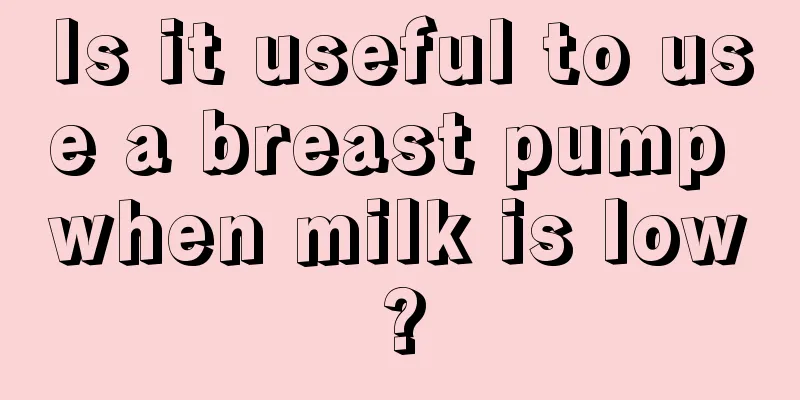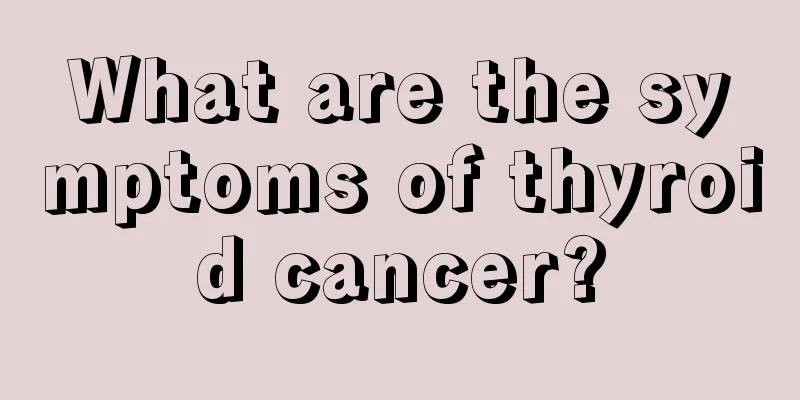Symptoms and treatment of intrahepatic bile duct stones
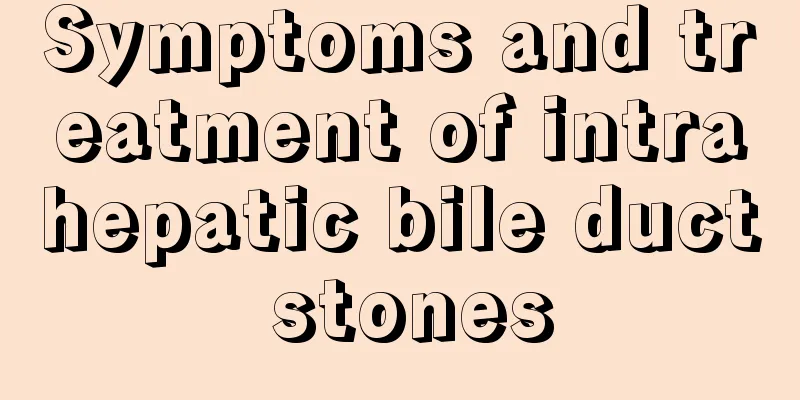
|
Many people do not understand what intrahepatic bile duct stones are. Simply put, intrahepatic bile duct stones are a type of stone inside the liver. In recent years, with the continuous development of medical technology, we have a better understanding of intrahepatic bile duct stones, and its symptoms have become more and more prominent. Everyone must understand the symptoms of intrahepatic bile duct stones, detect the disease early, and increase the probability of cure. 1. Symptoms of intrahepatic bile duct stones 1. Upper abdominal pain may be typical biliary colic or persistent bloating. Some patients do not experience obvious pain, but have very obvious chills and fever, which occur periodically. Upper abdominal pain, which may be typical biliary colic or persistent bloating 2. There may be a long history of biliary disease, or a history of acute cholangitis accompanied by chills, fever, and jaundice. 3. Patients with intrahepatic bile duct stones will often experience pain and discomfort in the liver area and lower chest, and the pain and discomfort will radiate to the back and shoulders. When one side of the hepatic duct is obstructed, there may be no jaundice or only mild jaundice. 4. In the acute phase, symptoms of acute suppurative cholangitis or varying degrees of Charcot's triad (pain, chills, fever, and jaundice) may appear, most of which may be caused by concurrent extrahepatic bile duct stones. 5. There is obvious tenderness and percussion pain in the liver area, and the liver is asymmetrically enlarged and tender. 2. Complications of intrahepatic bile duct stones 1. Acute complications It is mainly bile tract infection, including severe hepatocholangitis, biliary liver abscess and accompanying infectious complications. The causes of infection are related to obstruction by stones and inflammatory strictures of the bile duct. Acute complications not only have a high mortality rate, but also seriously affect the effectiveness of surgery. 2. Chronic complications General malnutrition, anemia, hypoproteinemia, chronic cholangitis and biliary liver abscess, multiple hepatobiliary strictures, fibrosis and atrophy of liver lobes, biliary cirrhosis, portal hypertension, liver decompensation, and delayed hepatobiliary carcinoma associated with long-term biliary infection and bile retention. Chronic complications of intrahepatic bile duct stones not only increase the difficulty of surgery, but also affect the surgical results. Treatment of intrahepatic bile duct stones 1. Minimally invasive hepatolithotomy Minimally invasive liver-preserving stone removal is based on ERCP endoscopy. It uses the duodenal major papilla balloon to dilate the bile duct outlet, and then sends the ERCP endoscope into the common bile duct, through the common bile duct directly to the intrahepatic bile duct. The intrahepatic bile duct is dilated by the intrahepatic bile duct balloon, the inner diameter of the intrahepatic bile duct is expanded, and the stone removal channel is unobstructed. It can completely remove intrahepatic bile duct stones in one go. The entire operation is performed endoscopically under video visualization. It is painless, non-traumatic, and bleeding-free. It can completely cure intrahepatic bile duct stones in one go and preserve normal liver tissue. 2. Surgery The purpose is to remove as many stones as possible, relieve bile duct obstruction and stenosis, and eliminate infectious lesions in the liver, thereby allowing bile to be discharged smoothly. The main surgical methods include high bile duct incision and stone removal; biliary enteric drainage; and elimination of intrahepatic infectious lesions. 3. Treatment of residual stones Once the patient is found to have residual bile duct stones through T-tube angiography after surgery, the T-tube can be removed after the sinus tract is formed, and a choledochoscope can be inserted through the sinus tract to remove the stones using lithotripsy, a basket, etc. under direct vision. If the stone is too large, laser lithotripsy, micro-explosion lithotripsy or other methods can be used to break the remaining stone into small pieces before removal. 4. Traditional Chinese Medicine Treatment In addition to surgery and other comprehensive treatments, patients can also take acupuncture and anti-inflammatory and choleretic Chinese medicine to control inflammation and promote the excretion of stones. |
<<: What are the 6 major symptoms of cerebrovascular disease
>>: What is the normal level of bilirubin?
Recommend
What is the nutritional value of passion fruit
Many people talk about passion fruit as a common ...
What are the symptoms of cervical cancer? Can cervical cancer be cured in the early stages?
Cervical cancer is one of the common cervical dis...
How much mouthwash to use at one time
The more standard way to use mouthwash is to use ...
Is hamartoma hereditary?
Many young patients with hamartomas, because they...
Use of citric acid and baking soda after reaction
Citric acid is an acidic substance. When citric a...
What are the common malignant tumors? How can B-ultrasound diagnosis of liver cancer be confirmed?
What are the common malignant tumors? Carcinoembr...
What to do if you are stung by a bee
Being stung by bees is a very common thing in lif...
Brief introduction: Three common treatments for gallbladder cancer
Gallbladder cancer is a malignant tumor that seri...
Causes of recurrence of lymphoma after chemotherapy
What is the reason for lymphoma recurrence after ...
What are the characteristics of rotavirus enteritis
Rotavirus enteritis is a relatively common and pa...
What is the cause of anal swelling and pain? These diseases are the most common
There are many reasons for anal swelling and pain...
What are the magical uses of pepper
Pepper is a common condiment in daily life. It is...
Can lymphoma be transmitted through the blood?
Cancer cells in the patient's body are a grou...
Symptoms of skin allergy to ultraviolet rays
In summer, female friends are always worried abou...
Repeated skin allergies
Repeated skin allergies are a common disease. Man...

